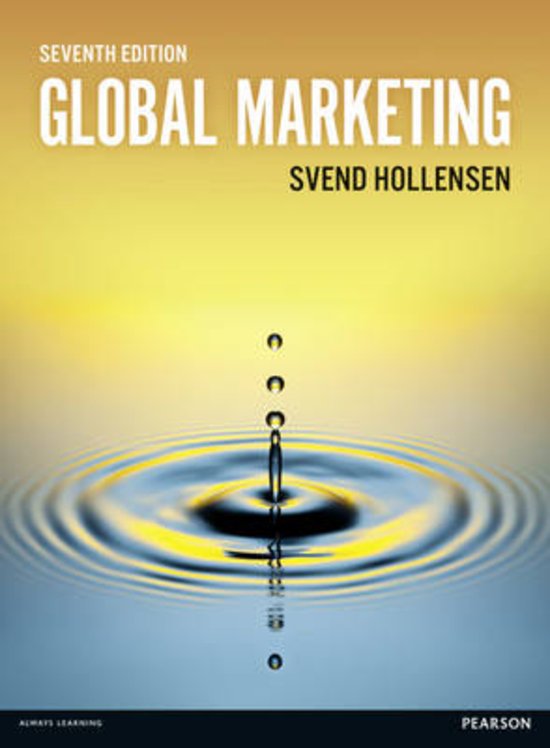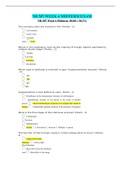Samenvatting
Samenvatting Exportmanagement (Engelstalig)
Samenvatting Exportmangement (Engelstalig) initiëel geschreven voor de opleiding Commerciële Economie, leerjaar 4 op Fontys in Eindhoven. De samenvatting bestaat uit de college slides, relevante afbeelingen en het boek: Global Marketing by Svend Hollensen 7th edition (ISBN 0111), met de hoofdstu...
[Meer zien]














